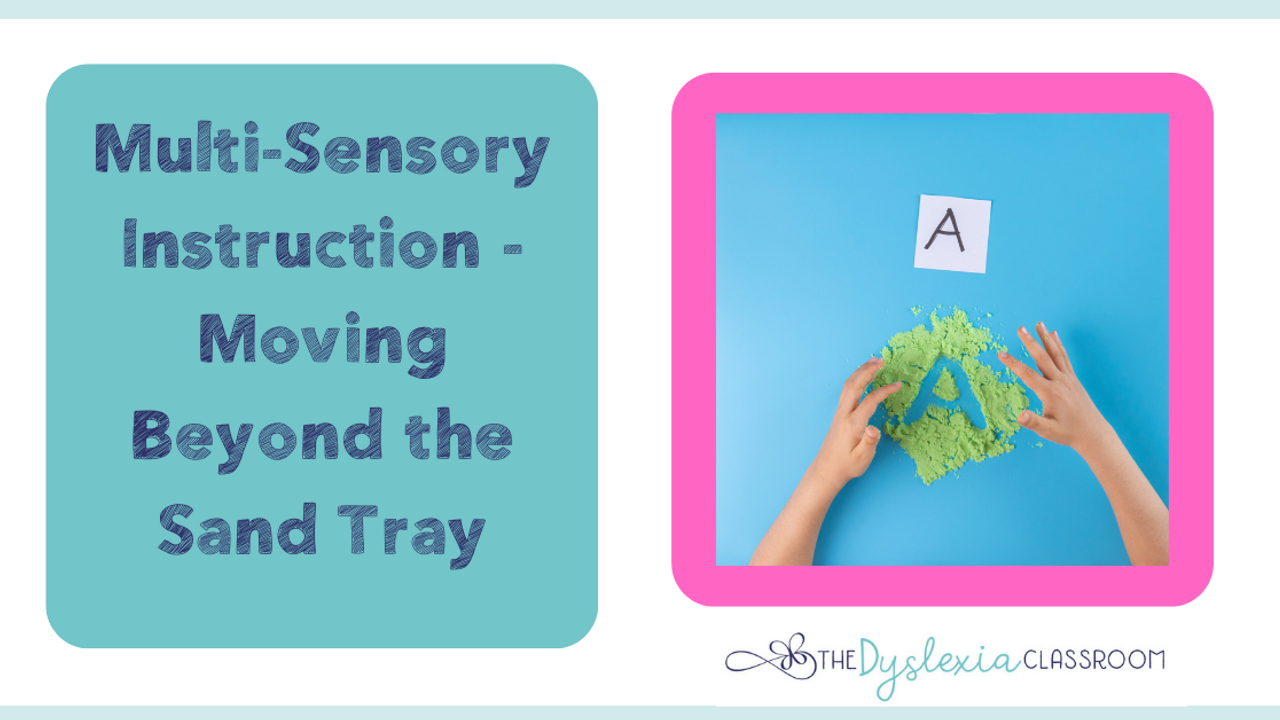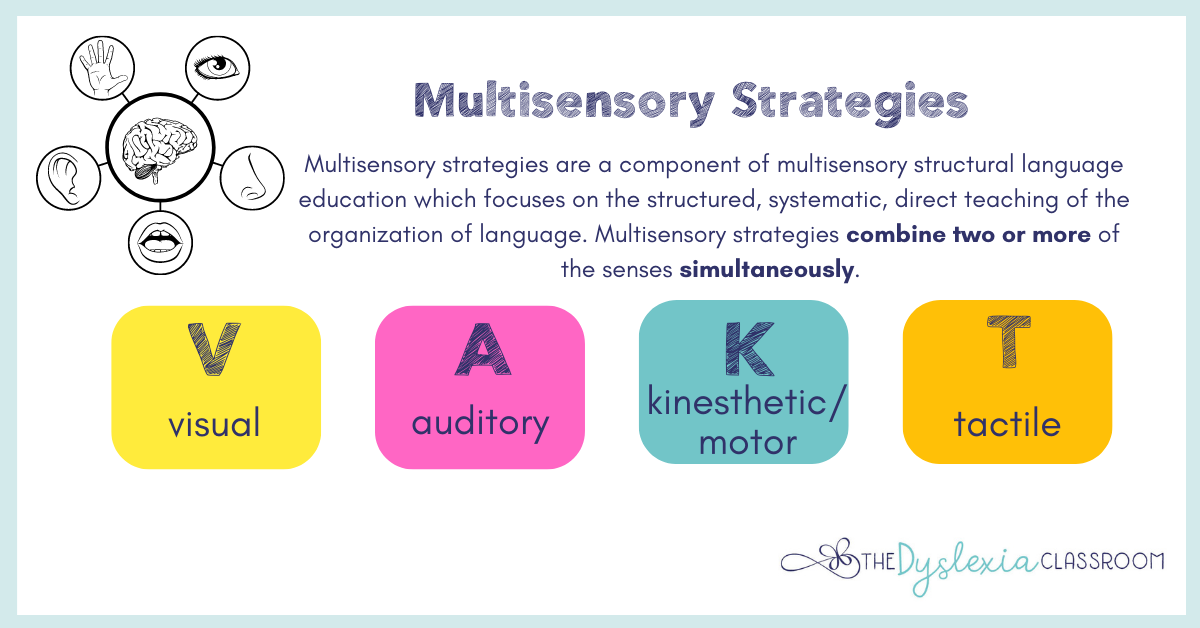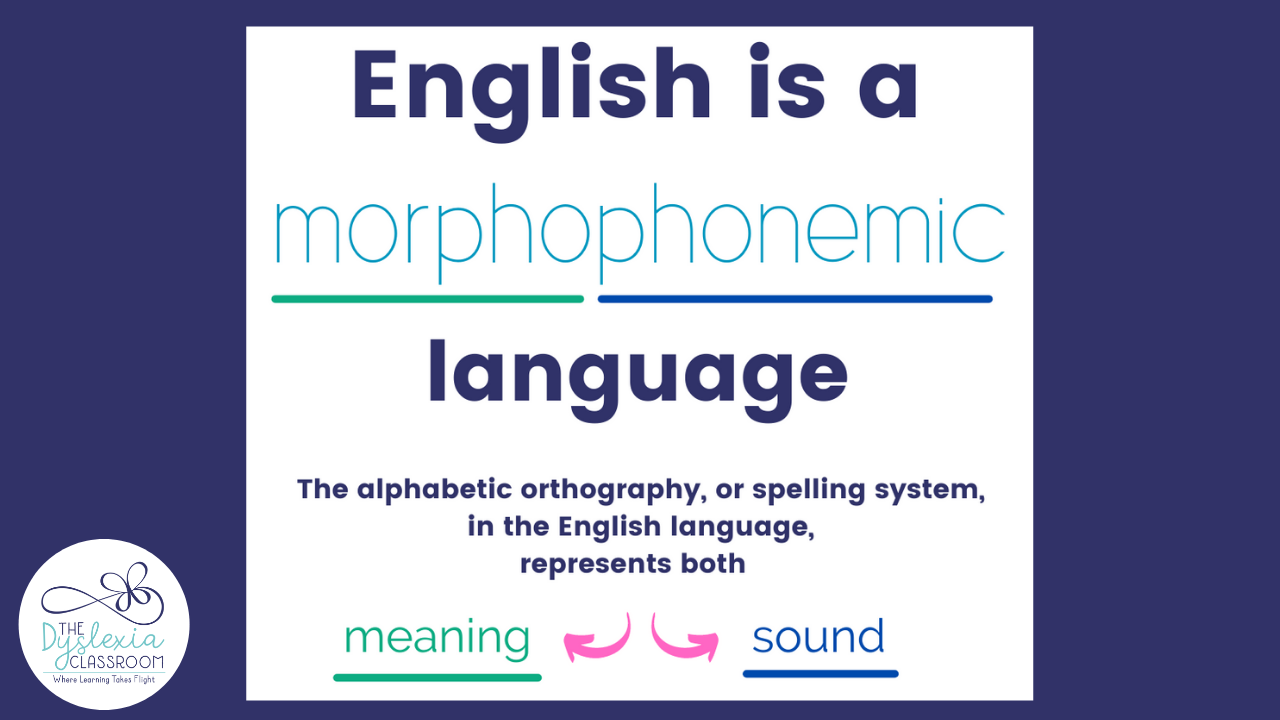What are syllable types and why do they matter - Part 1
*This is part 1 of the series about syllables and syllable types in reading instruction.
The ultimate goal of reading is for our children to achieve high levels of comprehension. We want this for ALL children. Reading comprehension is a product of printed word recognition and language comprehension (Gough & Tunmer, 1986). This means that weakness in either (or both) domains leads to weak reading comprehension.

The Simple View of Reading
The Simple View of Reading, by Gough & Tunmer, breaks apart the very complex elements needed for reading into two broad categories: word recognition and language comprehension. Reading comprehension is a product of these two categories.
Word recognition, or the accurate and fast retrieval of decoded word forms, is essential for developing reading comprehension. Students who can not accurately read the words on the page will not fully comprehend what is being read. This automated word reading frees up mental resources and allows for close atten...
Stuck On Decoding: 5 Ways To Scaffold Instruction

Have you ever had a student that struggles with blending words or over-emphasizes the strategy of letter-by-letter decoding? Or a student who segments, or pulls apart, individual sounds in words but cannot blend them to read the word? What can you do to move a student forward?
It can be incredibly frustrating for the student who can isolate the sounds - or decode letter-by-letter but then struggles to bring that knowledge together to read the word.
Dyslexic students learning to read need more instructional time and practice addressing decoding and spelling applications, but what happens when students get stuck on letter-by-letter decoding? Are there scaffolds we can use to move them to fluent reading?
What is Scaffolding in Instruction?
Scaffolding is integral to working with diverse learners and those with dyslexia. It is an instructional strategy in which learning is broken into smaller chunks, providing a tool, structure, or strategy to help students grasp new materials or con...
Multi-Sensory Instruction: Moving Beyond the Sand Tray

When you hear the word "multi-sensory," what comes to mind? For many who teach reading, especially to beginning readers, it may elicit images of hands-on activities, plastic letters, and sand trays. These are wonderful tools to incorporate into our structured literacy lessons (read more here), but there is so much more to multi-sensory instruction beyond the sand tray.

What Is Multi-Sensory Instruction?
Multi-sensory instruction means students simultaneously engage in two or more sensory modalities to take in and express information. These modalities are visual, auditory, kinesthetic/motor, and tactile. Multi-sensory teaching is often emphasized by those who work with dyslexic learners. Why? Most programs used with struggling or dyslexic learners are rooted in the Orton-Gillingham principles and include the direct, structured, systematic, and explicit teaching of the organization of language also referred to as Multisensory Structured Language Education (MSLE). These instructional ...
Learning Through Sand Play
This is part 2 of the Learning At The Beach series. Click HERE to read part 1.
We made it back home from our fun-filled week at the beach with buckets of shells and happy hearts. 🌊 While it was a week full of fun, we also snuck in some learning. Last week, I shared how we played activities like "Beat the Wave" and "Sandy Sound Dictation." This week, I'm sharing some more activities that we played in the sand as part 2 of the mini-series, Learning at the beach.
One of the powerful reminders for us as parents and educators is that it is possible to play with a purpose. Playful learning can set the stage for enjoyable interactions, reduce the stress sometimes associated with reading, and engage students in reading tasks while still focusing on a learning objective. Here are some additional games/activities that we played at the beach. Whether you are headed to the beach this summer or spending it at home or elsewhere, you can certainly bring these activities into your day.
Learning...
Ways to Learn at the Beach
Each year to kick off summer break, I take my three little girls to the beach. They can spend hours playing in the waves and running along the sandy shores. This year they have tackled boogie-boarding, and I foresee some surf lessons in the future!
As a mom and teacher, I am always looking to weave playful learning into our day. Our beach week is no exception! My girls love to play little reading games in the sand. I keep them short and sweet, which keeps them engaged and playful. We played so many different games that I may need to break it up into a 2-part blog post!
Here are just a few of our favorites to play to review and practice some of our reading skills.
- Letter writing in the sand. I have found that students of all ages love to play with sand. Sand provides kinesthetic practice for pre-writing letter formation and letter practice. The drag, or pull, in the sand helps build connections for the learner through what we refer to as multisensory practice or when we are enga...
How to Make Morphology Instruction Multisensory

From the beginning, we want students to understand that words carry meaning, and morphology is a great way to help students deepen their understanding of language. We don't have to wait for this instruction to take place. Instead, we can embed morphology instruction into our lessons and help students with this right from the start.
What is Morphology?
Morphology instruction, the study of words and how they are formed and used, is one of the elements of structured literacy. When we look at language through the lens of units of meaning within words, that is part of morphology. Dr. Louisa Moats notes, "Knowing morphemes enhances reading, vocabulary, and spelling." (Moats, 2000).
When we work with morphemes, we work with the smallest unit of meaning that exists within our language. Morphemes can be single letters, or units of letters, that carry meaning and may or may not stand alone.
The English language is considered a deep orthography. Morphology includes prefixes, suffixes, fr...
Using Sand Trays for Multisensory Handwriting Practice

Summer is a wonderful time to relax and play in the sand. Using sand trays is a fantastic way to sneak in some multisensory pre-writing strokes and handwriting practice!
I have found that students of all ages love to use the sand tray in our therapy sessions. The use of sand trays provide kinesthetic practice for pre-writing letter formation and letter practice. The drag, or pull, in the sand helps build connections for the learner through what we refer to as multisensory practice, or when we are engaging at least three of the senses at the same time. When we use multiple senses at the same time, we have a higher chance of retaining the information.

Setting up a Sand Tray
-
Sand trays can be made with any kind of flat tray with sides (to keep the sand inside). I like cookie trays as they are magnetic, stackable, and reasonably priced. I painted my trays with black chalkboard paint prior to provide contrast in color - bonus is that they can be used as chalkboards too! (I LOVE to
...
What is a CALT?

The title of CALT, or Certified Academic Language Therapist, was one that was new to me in the year 2008 even though I was eleven years into my career as an educator. I had worked as a classroom teacher, lead teacher and literacy coach, reading interventionist, district literacy facilitator, and curriculum writer. Even with all of this experience and trainings, I had never heard of the CALT certification. I had been trained in many different approaches and programs, and yet I knew that there were students that were falling through the cracks.
This sent me on a personal mission to learn more about dyslexia, and to seek out training to better help all students and educators. Twelve years later, I know that seeking highly focused training in the science of reading was the best decision that I made, as it set me on a new path in my educational career and provided me with the necessary skills and knowledge to best help students with dyslexia.
A Certified Academic Language Therapist (CA...



